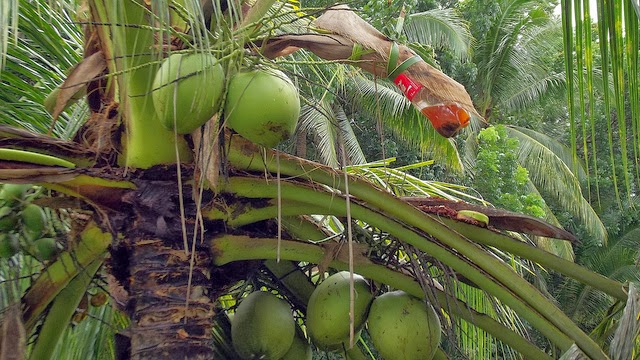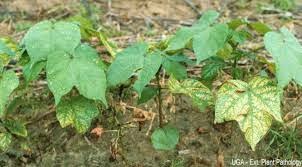- Razzaq Shalan Augul1, Mohammad Saleh Abdul-Rassoul1, Ibrahim K. Kaddou2
- Iraq Natural History Research Center and Meusum, Baghdad University, Iraq
- Department of Biology, College of Science, Baghdad University, Iraq
In this study, 150 specimens of the Sphecini tribe (Hymenoptera: Sphecidae: Sphecinae), collected from different region of Iraq are investigated.
Nine species belonging to two genera were determined; this species are: Sphex flavipennis Fabricius, S. pruinosus Germar, S. zubaidiyacus Augul, Prionyx crudelis (F. Smith), P. macula (Fabricius), P. stschurowskii (Radoszkowski), Prionyx viduatus (Christ,), Prionyx lividocinctus (A. Costa), Prionyx niveatus (Dufour) and Prionyx kirbii (van der Linden).
The last two species have been recorded for the first time in Iraq. Identification keys to genera, species and figured of male genitalia are illustrated.
FULL ARTICLE AVAILABLE AT: Volume 6, Number 1, January 2015 – JBES
JOURNAL NAME: Journal of Biodiversity and Environmental Sciences (JBES)
































